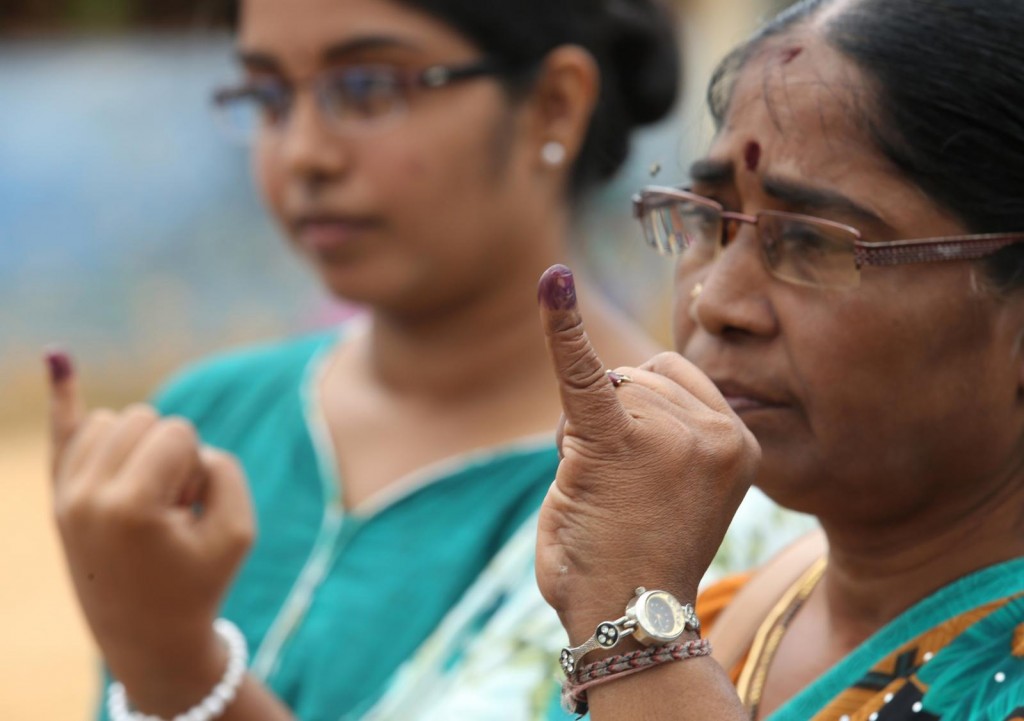Photo courtesy Getty Images, by Buddhika Weerasinghe
One of the features about the run up to the January 2015 Presidential election is the uncertainty about how the Northern voter will vote. This short article cannot cover all the nuances of the ‘national’ problem as it is called. However at this time of elections, it may be pertinent to consider two approaches towards seeking national integrity (i.e. integrating the South and the North).
Structural and geo-technical engineers know that when a long building is constructed especially on weak soil, it is almost mandatory to have a movement joint to separate the building into two. To the non-engineer that building will appear and function as a single integral structure. But careful inspection will reveal that there are double columns and beams at the joint, to allow one part of the building to settle differentially with respect to the other. Such differential settlement is imperceptible to users of the building, but real; and it allows a long building to exist without developing unsightly cracks. Even reservoirs can be constructed with movement joints; the 10,000 cubic meter Jubilee Reservoir which supplies Colombo with water from the Kelani River has a movement joint right through the middle of its length – but it is nevertheless a single integral reservoir.
The alternative to providing a movement joint is to have a very stiff structure that somehow tries to force the entire building to settle uniformly. Most structural engineers would not opt for this, because uneven soil conditions will eventually cause differential settlements (in spite of the stiff structure) and generate unsightly cracks in the building – this creates de facto ‘separations’ while compromising the integrity of the building in the process.
The approach of Southern politicians to governing the North seems to be similar to the ‘stiff structure’ approach, presumably because tight control is seen to be the antidote to separatist tendencies. This approach does not appear to be working and is probably counterproductive, fuelling the very separatism it tries to suppress. And national integrity is showing cracks in various forms – those who have eyes to see can see them. At a time when the country goes to the hustings, it may be wise for the entire Southern polity (and especially their elected representatives) to think about switching to the ‘movement joint’ approach.
There is probably a good case for Southerners to give their Northern counterparts greater freedom of ‘movement’. Northerners are very independent by nature. Although the North is accused of receiving educational and other favours from colonial rule, the Northerners themselves have tended to preserve their culture (rather than capitulating to colonial culture) more than those in the South. For example, it is Northerners who run virtually all our vegetarian restaurants. So at a time when Southerners themselves are trying to forge a distinctive Sri Lankan identity rather than aping the West (which is another ‘national’ problem of a different sort), it may be of value to take a leaf out of the Northerners’ book. In other words, the Northerners may be the vanguard for the entire nation to develop an authentic Sri Lankan identity, as they arguably were (together with Southern leaders) when we got independence from the British. In order to be part of this vanguard, the Northerners need greater freedom; and the North needs a movement joint to settle differentially, while preserving national integrity.
The writer is a Chartered Structural Engineer.
